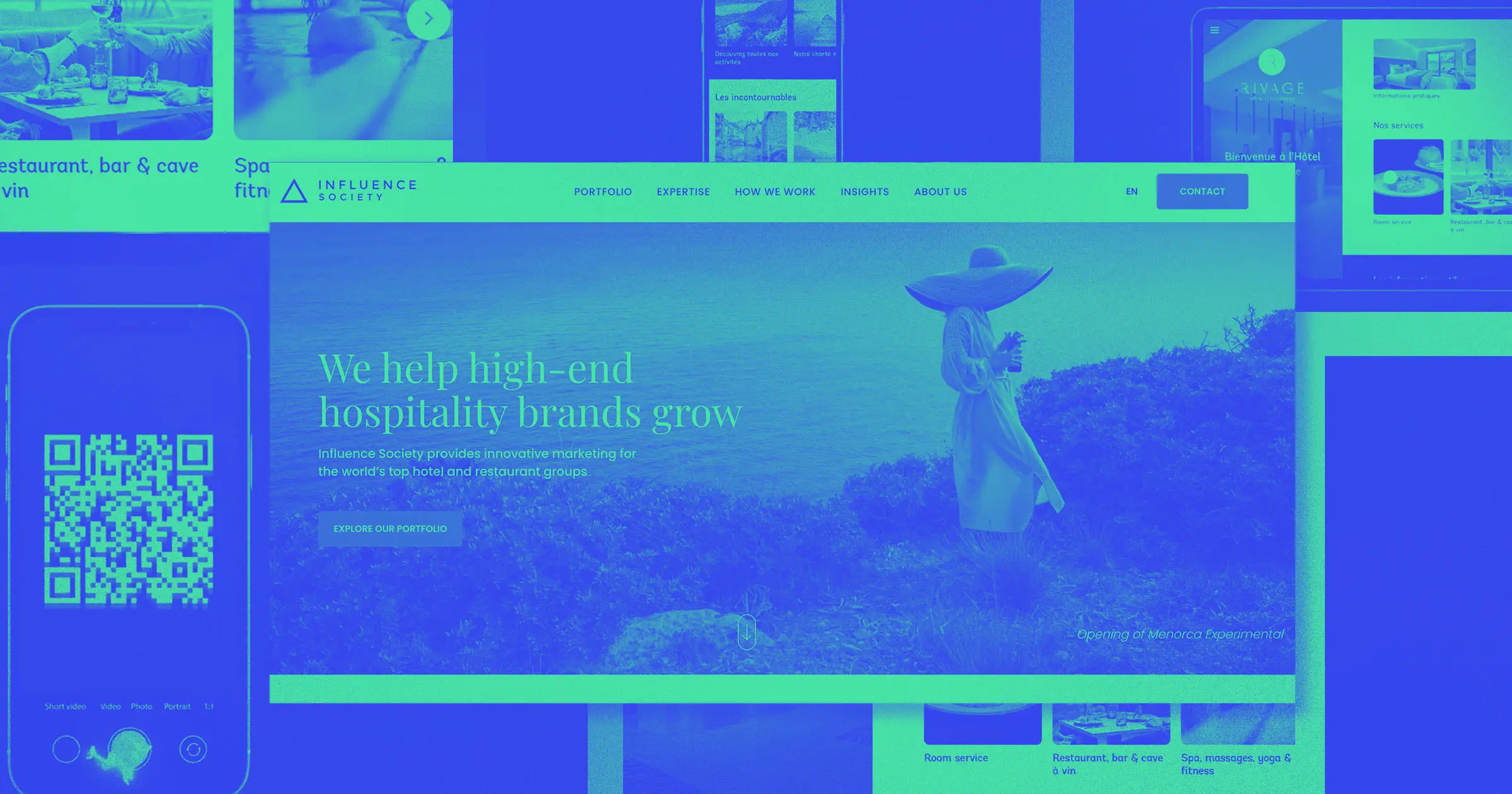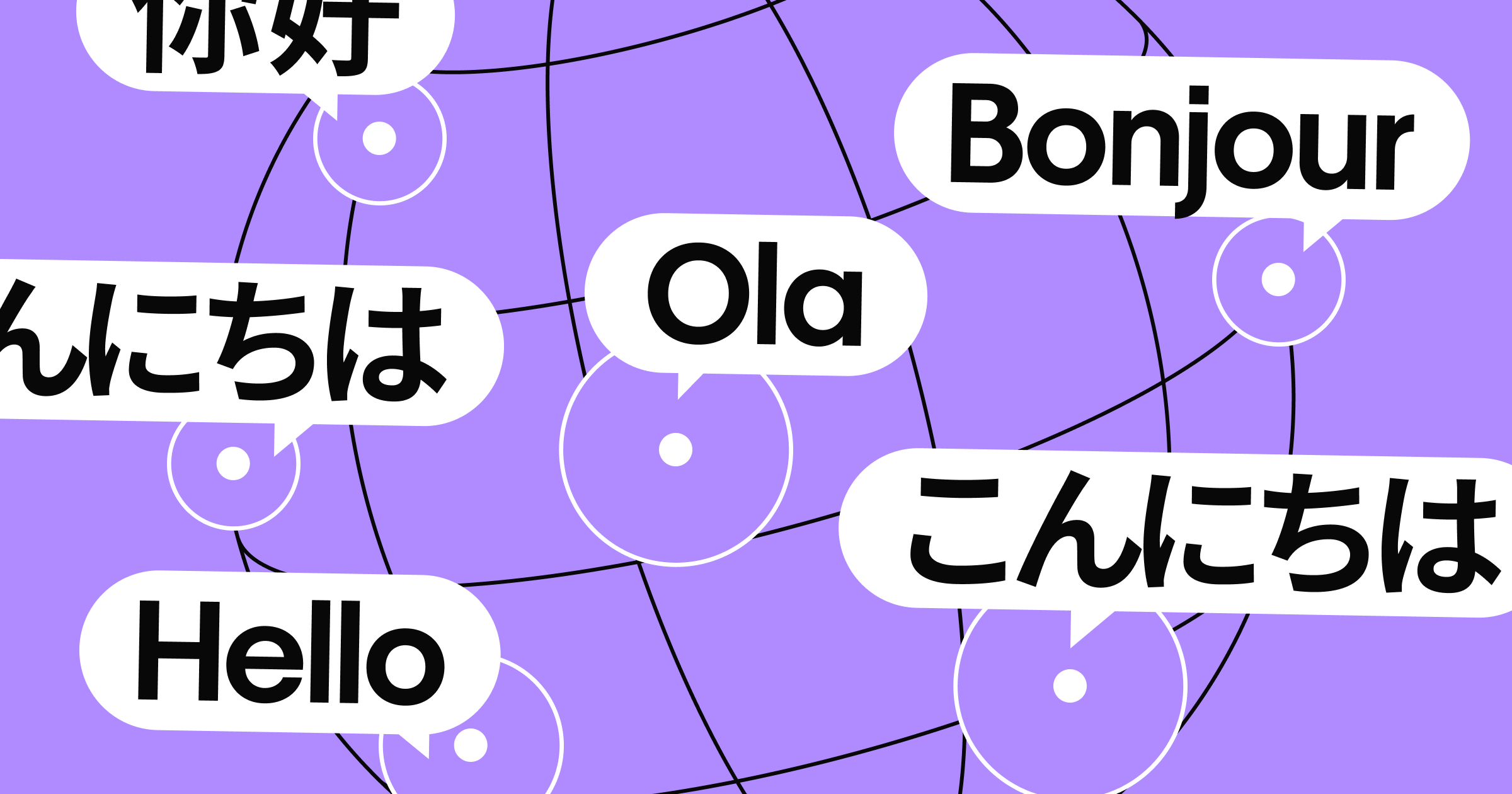RocketAir’s workflow as an agency doesn’t quite look like the traditional web design and development process.
The teams are much more interdisciplinary and collaborative. Strategists create landing pages, developers design, and designers create working prototypes as they art direct. Their focus is ultimately on adapting their process to suit the needs of their client — and it works incredibly well.
RocketAir’s unique approach to collaboration — both across teams and with clients — has enabled the agency to do truly spectacular work. The company works with everyone from Series A startups to Fortune 500s, building everything from fintech sites to SaaS projects. This year, RocketAir’s own agency website was featured on Awwwards and won big at the CSS Design Awards. They swept in all three public categories for best UX design, best UI design, and best innovation. All of it was built in Webflow.
We spoke with Taylor Rosenbauer, Founder and CEO, and Theresa Braun, VP of Growth, to learn more about how RocketAir has reinvented traditional agency structure, breaking down silos and bringing development, design, and strategy together to build on Webflow.
RocketAir builds their team around Orbital Design
RocketAir has created a unique framework for their projects which they call Orbital Design. They build a core team that works on retainer for each client and is adapted to the specific needs of that client’s project. They call it an adaptive approach to problem-solving.
What we're doing with this Orbital Design methodology is revolving our work around our clients — their audiences, their businesses, and, ultimately, their goals,” Taylor said.
An Orbital Design team is multidisciplinary, typically consisting of a strategist, designer, developer, and producer. Together, that team works on three core focuses — brand, product, and motion.
- Brand is brand strategy, identity, messaging, voice, and copywriting frameworks.
- Product is digital product design — including native iOS, native Android, responsive web applications, SaaS platforms, and ecommerce — and focuses on usability testing and user interviews, building design systems, and rapid prototyping.
- Motion is their 2D and 3D animation capability, which they treat as an integral part of their design process.
Each member of the team contributes a specific skillset, but they also work together to develop things like design and strategy so the project remains focused and consistent.
Strategists
Every project begins by establishing strategy for the client and project. The strategist focuses on research and testing to produce the quantitative and qualitative insights that will guide the team’s work. They help make sure team members aren’t designing in a vacuum, ensuring the project is pointed, effective, and connects creatively to the brand’s target audience.
The strategist will do a competitive analysis, develop audience profiles, and create user personas. They try to understand the needs and desires of the audience, as well as pain points. They will work with a copywriter to hone in on brand voice and tone and understand how the brand sounds in the real world across all communications.
During the strategy-building process, strategists do stakeholder interviews, speak with the founding team behind the clients’ company, interview customers they've won, and sometimes, more interestingly, customers they've lost. They may participate in their sales funnel as an exercise to understand their value propositions and unique selling points.
“We are really getting our minds into the client's business so that we can start treating it like it's our own during the design process,” Taylor said.
Producers
Producers at RocketAir are hybrid account managers and project managers. They run design operations, daily standups, and client communications. They work to keep projects on track, creating work-back schedules and design documentation, preparing assets for engineering, and, most importantly, managing the design to development handoff process.
Taylor emphasizes that the agency puts a lot of time and attention into the design-to-development relationship since it’s key to producing the type of projects they are known for in Webflow. “It's critical that development is part of the design process,” says Taylor. “It's not just a handoff process where first we do strategy, then we do design, then we do development.”
Designers
Designers produce unique art direction, create a distinct, memorable brand identity, and translate all of that to the web. However, they also need to think about things like information architecture, visual hierarchy, and accessibility from a visual perspective. At RocketAir, they also work as end-to-end visual and UX designers.
“We like to think of our designers as full-stack designers,” Taylor said. “That's typically a term applied to engineers, but at RocketAir, we have designers that are very strong in both visual and experience design.”
Webflow developers
Developers, similarly, focus on design as well as Webflow development.
“Given that we are first and foremost a design and strategy company, the developers on the RocketAir team have a critical eye for design,” Taylor said. “We think that that's one of the most important ways to attain the standards of websites that we're putting out into the world.”
Because motion design is one of its core offerings, RocketAir wants to make sure its developers are involved in the design process.
“Storytelling, design, copy, and engineering are all part of the same puzzle, so our teams are really working together from the very beginning,” Taylor said.
When hiring, they look for developers that are self-described interactive developers who will be able to use the power of Webflow’s platform to do things like scroll-based animations, Lottie animations, and micro-interactions.
They also look for developers who are passionate about the technology.
“The experimental mindset, the tinkerers, those are the types of individuals that we really look for,” Taylor said. “Not just the folks that are thinking about a black-and-white translation of design to development, but who can really push the boundaries and do creative development.”
Copywriters
Copywriters think through information architecture and content strategy for each website. They oversee all content and copy to make sure the project will connect with its audience. Not every team has a separate copywriter. Strategists often serve as copywriters, but more complex projects may have a specialized copywriter added to the team. Copywriters will also pair with designers early in a project.
“We want to make sure that copy is never an afterthought, and design and copy are coming together to create the most effective creative communications,” said Taylor.
Projects are built around design systems in Webflow
RocketAir uses Webflow’s ability to create pre-built components, like Symbols, to systematize their project builds.
“We're big fans of design system thinking,” Taylor said. “Whenever we're designing a site, we're thinking in terms of the atomic elements that make up a website or a product, and that's really analogous to the way the Webflow architecture is set up.”
At the beginning of a project, designers and developers collaborate to create components for the different content sections that make up the site. They can then repurpose those building blocks throughout the site. Using Symbols this way results in clean, meticulous CSS style sheets. It also helps increase their speed to market and speed of development for new pages and ensures more consistent design across the project.
Team members collaborate within Webflow on projects
All members of a team at RocketAir use Webflow directly as part of their work, not just developers.
“The Webflow environment makes space for strategists, copywriters, designers, and developers to come together in one place to constantly collaborate,” Taylor said.
Strategists use Webflow to gain customer insight as a project is being developed. They can use Webflow to quickly produce variations on landing pages for A/B testing. They create intentional, specific differences that will elicit useful feedback. They can reorder sections, change the flow, change the narrative, and change the value propositions, all directly in Webflow.
Copywriters work within the Editor without needing to go through an engineer to make changes to copy. Designers perform gap analysis throughout the project by looking directly at the CSS styling in Webflow to make sure it aligns with their design composition.
“Each person is doing what they do best, and everyone has a role to play,” Theresa said. “It's not just a designer or a developer. Producers play a strategic role, just as much as developers influence design decisions. Everyone has a role.”
The new handover feature makes it easier to collaborate by allowing one team member to request control of a project. That helps team members work concurrently without stepping on anyone's toes. Team members can work in the Editor at the same time, publishing to the CMS, editing the collections, and adjusting content without affecting anyone actively working in the Designer.
“It's far more collaborative and efficient,” Theresa said of the handover feature. “It's been great.”



















Why your design team should use Webflow
Discover how design teams are streamlining their workflows — and building better experiences — with Webflow.
They help clients work within the Webflow environment
Not only do the members of their team work within Webflow on a project — RocketAir’s clients do too. An essential part of the development process for any project is getting clients on board with the project and comfortable using the tools involved when it’s time to hand it over.
The RocketAir team takes time at the beginning of every project to make sure clients understand what Webflow is. They also show them how they will be able to work within the interface during the project.
“The idea that clients can have some autonomy and confidence in a custom site build is incredible,” Taylor said. “It gives them the confidence to work with a high-end design team like us, that's taking a very customized, bespoke approach while getting a tool and a CMS that lets them maintain and deploy content at speed and at scale.”
At the end of a website engagement, the team creates documentation to assist in the handover of the site. They make Loom videos for clients to walk them through how to navigate the most important areas of the platform in a visual, hands-on way. Finally, they transfer site ownership to their clients while remaining tied into the site plan as their engineering partner. This way, they can easily make changes or add new functionality or site components without having to share credentials.
Their pricing structure focuses on client needs and project priorities
RocketAir redesigned its pricing model along with its team structure to focus more clearly on what was important to them as an agency. They designed a system where clients are paying for access to their team instead of time. They call these Orbits — their version of a sprint. Project proposals are made up of a series of Orbits: two-week intervals of iteration on deliverables that they agree on with the client.
This is why they refer to Orbital Design as an adaptive approach. They mold their team around whatever the client’s unique problem is.
“The way we charge is what allows for that adaptive approach,” Theresa said. “It enables RocketAir to structure a project around our client’s exact needs based on the team we are building for them — what skills and resources they need, the amount of strategy they need, and the amount of up-front brand work they might need.”
Since no two websites are the same, Orbits allow them to build a bespoke process for each client while also having a reliable financial model for their own agency operations.
“The nature of the design process is that we're figuring out scope, we're solving for the unknown, and we're doing that every step of the way,“ Taylor said.
Build an agency structure that reflects your philosophy
RocketAir hasn’t taken any part of the web development process for granted. They’ve looked at the traditional ways of operating and learned from them without feeling constrained by them. They have built new frameworks for teamwork and developed workflows that combine design, development, and strategy to create better websites.
“As you might be able to tell, we put a lot of thought into this over the past couple years and have iterated on it,” Theresa said. “It's really been just what's best for our team. What's best for our clients. What's best for the end result, the work.”
No-code tools, easier interaction and motion design, and a proliferation of SaaS integrations have changed what it looks like to design for the web. Agencies can feel free to design new systems for web design and development that take full advantage of that and focus their team on creating the kind of work they want to make.
“Think about how to distinguish yourself as an agency,” said Taylor, “Think about how your model and your process and your philosophy all come together to create something memorable and distinct.”































